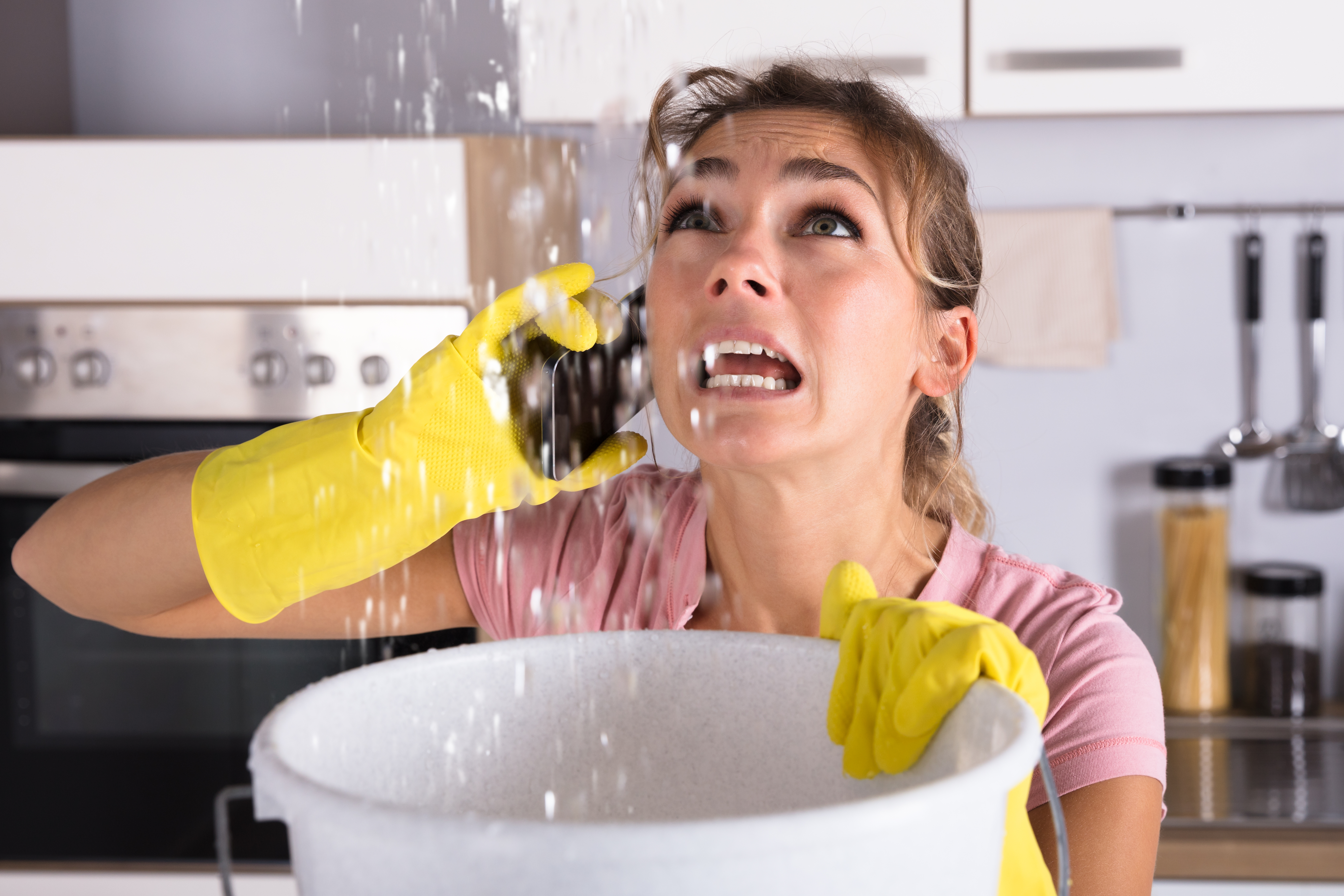6 Home Maintenance Tips for New Homeowners

In these unpredictable times, buying a new home can be even more stressful. But take a deep breath. Many of the items on this new homeowner checklist require little to no skill or money.
Here are 6 home maintenance tips for the first year in your new home.
Maintain internal pipes and fixtures
Inspect pipes for leaks and the house for evidence of water damage. Also, check for signs of corrosion or flaking in any exposed pipes, such as under bathroom and kitchen sinks or in the laundry room/unfinished basement.
Remember to be mindful of what you're flushing and keep shower drains clean. Any water where it shouldn't be is reason to be alarmed and potentially a sign to seek out professional help.
Plumbing "warning signs"
If you're experiencing low water pressure or clogged drains, it might be attributed to a buildup in debris or a leak.
Items such as wipes, paper towels, tissues and sanitary products can cause buildup if flushed, clogging sewer pipes and leaving you with a nasty repair bill.
Wipes, even those that are labeled as flushable, should be disposed of in your garbage, not your drains!
Also, consider seasonal activities related to plumbing issues. Spring is the best time to check for leaks as the winter buildup thaws out. Repairing a leaky pipe can be as simple as a trip to your local hardware store but leaving it unattended could result in costly home repairs.
Inspect appliances and HVAC unit
Familiarize yourself with your systems, how they work, their age and highlight any non-functioning devices for repair. If the previous owners left behind appliance manuals, check the service dates and records to see if a service call is required. Replace the air filter in the HVAC unit and schedule a cleaning with a professional technician. Finally, run a routine check on all of your home systems, including heating, AC, alarm systems, smoke and carbon monoxide detectors, and all faucets.
Test your sump pump
If you have a basement unit, turn on the switch and pour some water into the basin to ensure it works properly. Inspect the discharge pipe for any debris as it may block the water flow. Locate the main water shutoff valve as it may be useful in resolving any leaks or other water-related issues.
Check for drafts
Examine all doors and windows for drafts. Seal or insulate any problem areas as drafty windows will drive up heating costs.
Brush up on your homeowners' insurance policy
Take some time to explore your insurance policy so you know what is covered and what isn't. A short cram session will make sure you know what to do in case of an emergency. If you identify a gap in coverage, a home protection plan from American Water Resource (AWR) can help. A protection plan from AWR can help cover common problems caused by normal wear and tear that are typically not covered by standard homeowners' policies.
With a variety of home protection plans, AWR delivers peace of mind protection to their customers with 24/7 customer support to handle your home repair needs.
Learn more about American Water Resource's services and plans at: https://awrusa.com/details



